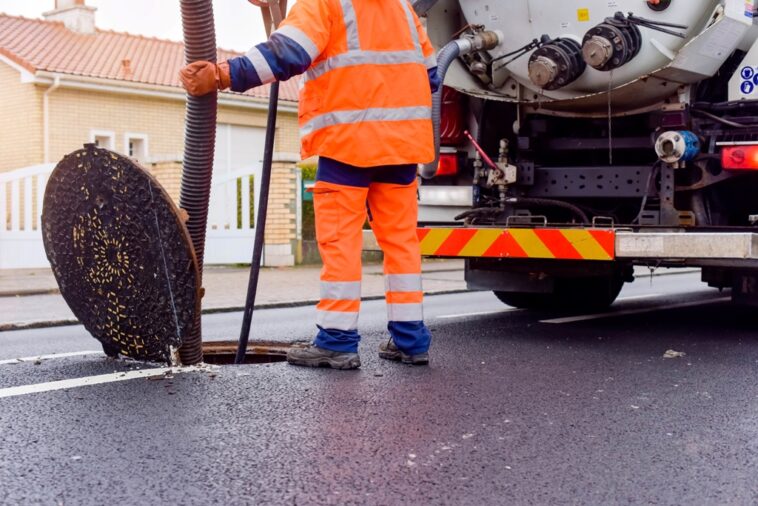Last April, contractors removed a massive fatberg from the Sulphur Springs Pump Station in Tampa. The 108 cubic yards of non-flushable items such as wipes and grease caused a huge fatberg that had the potential to cause grave damage to the surrounding sewer lines. Fatbergs have become such a massive concern in Florida over recent years that it has even become the inspiration behind a mock horror movie trailer. The trailer, which was the brainchild of local utility entity JEA, was released in 2019 to provide residents with a stern warning: what goes down, might just come back up.
The trailer shocked and educated
Invasion of the Fatbergs focused on Jacksonville’s colossal fatberg invasion. Although the video did elicit quite a few laughs, its message was not a laughing matter. Some of the things JEA clients are flushing down their toilets and pouring down their drains are fermenting and congealing to form the masses of gunk known as fatbergs. Deryle Calhoun, Jr, General Manager of Waste/Wastewater Systems at JEA, summarized the purpose of the campaign perfectly by saying: “The goal of the Fatberg Invasion campaign is to ultimately save our customers money by talking about a dirty subject people often want to avoid and encouraging everyone to think before they flush.”
Sewer care is important
In order to avoid a large-scale disaster involving tons of sewage spilling into cities, home and business owners need to become increasingly mindful of what they flush down the toilet. At the end of the trailer, viewers are afforded an up-close look at what has been accumulating in the Jacksonville sewers. Apart from standard non-biodegradable items such as baby wipes and female hygiene products, the Jacksonville fatberg also contained everything from condoms and action figurines to very eerie-looking doll heads. Pipes and sewer lines have to be inspected regularly to avoid such a build-up of muck. According to the team at SPI Borescopes (https://spiborescopes.com/products/jcm-series-pipe-inspection-camera-system/), regular pipe inspections with a camera borescope can help identify build-up before it becomes a costly problem.
Yes, fatbergs are a costly problem
Although a fatberg may seem, at most, like a smelly inconvenience, removing it and repairing any damage it may cause can be a costly affair. In a single year, JEA spends as much as $800,000 removing fatbergs and repairing the subsequent damage from sewer lines. This is not an expense the utility provider carries on its own as it impacts everyone’s utility bills in the end. JEA hopes that proper education and a few scare tactics courtesy of the Invasion of the Fatbergs will help to convince customers to be more mindful of what they flush down the drain.
Fatbergs can cause severe damage to sewer lines and also end up being a threat to human and environmental health when sewage starts spilling out of manholes. A concerted effort is required to keep Florida’s sewer lines free of any monstrous build-ups.








Comments